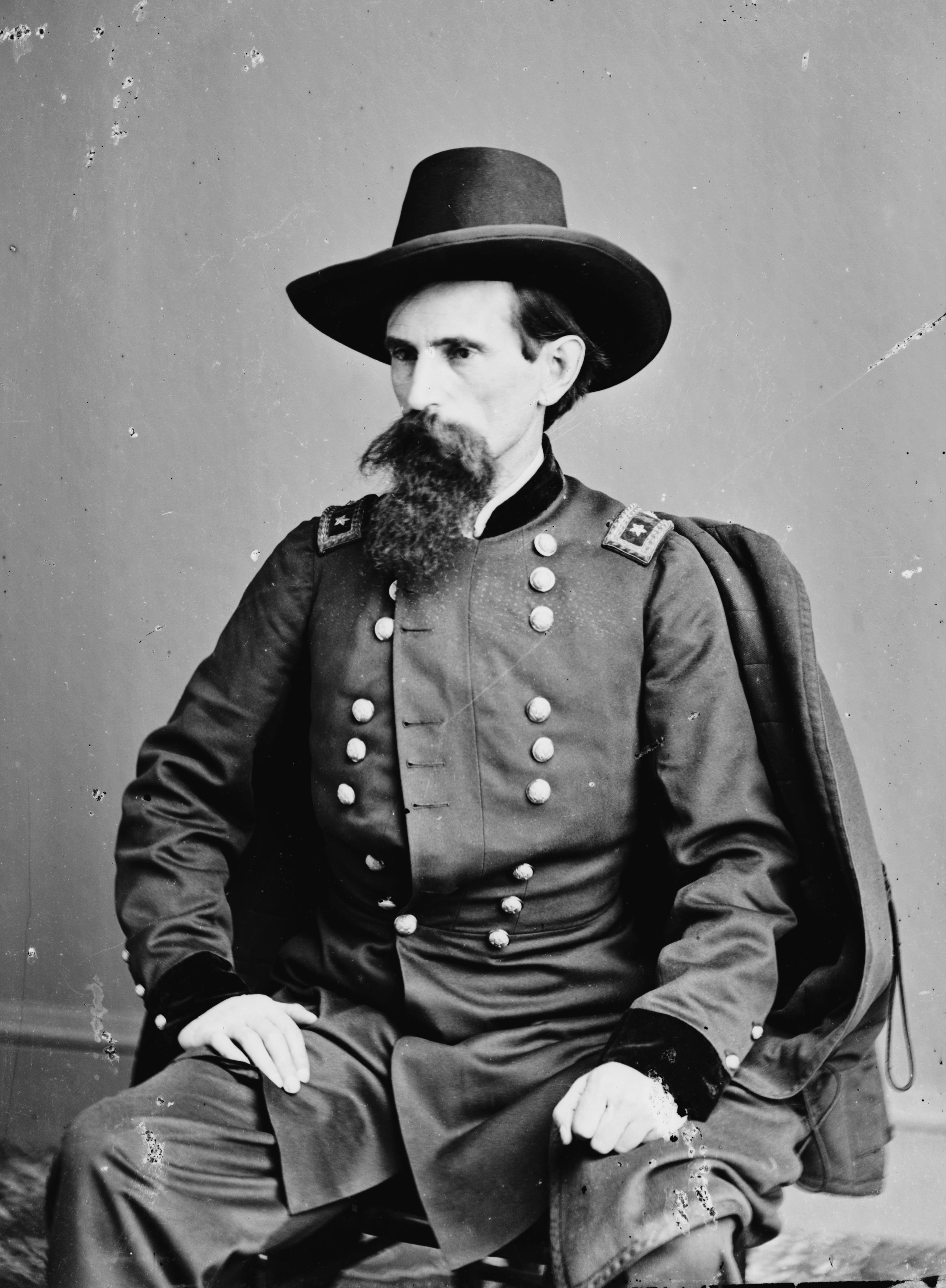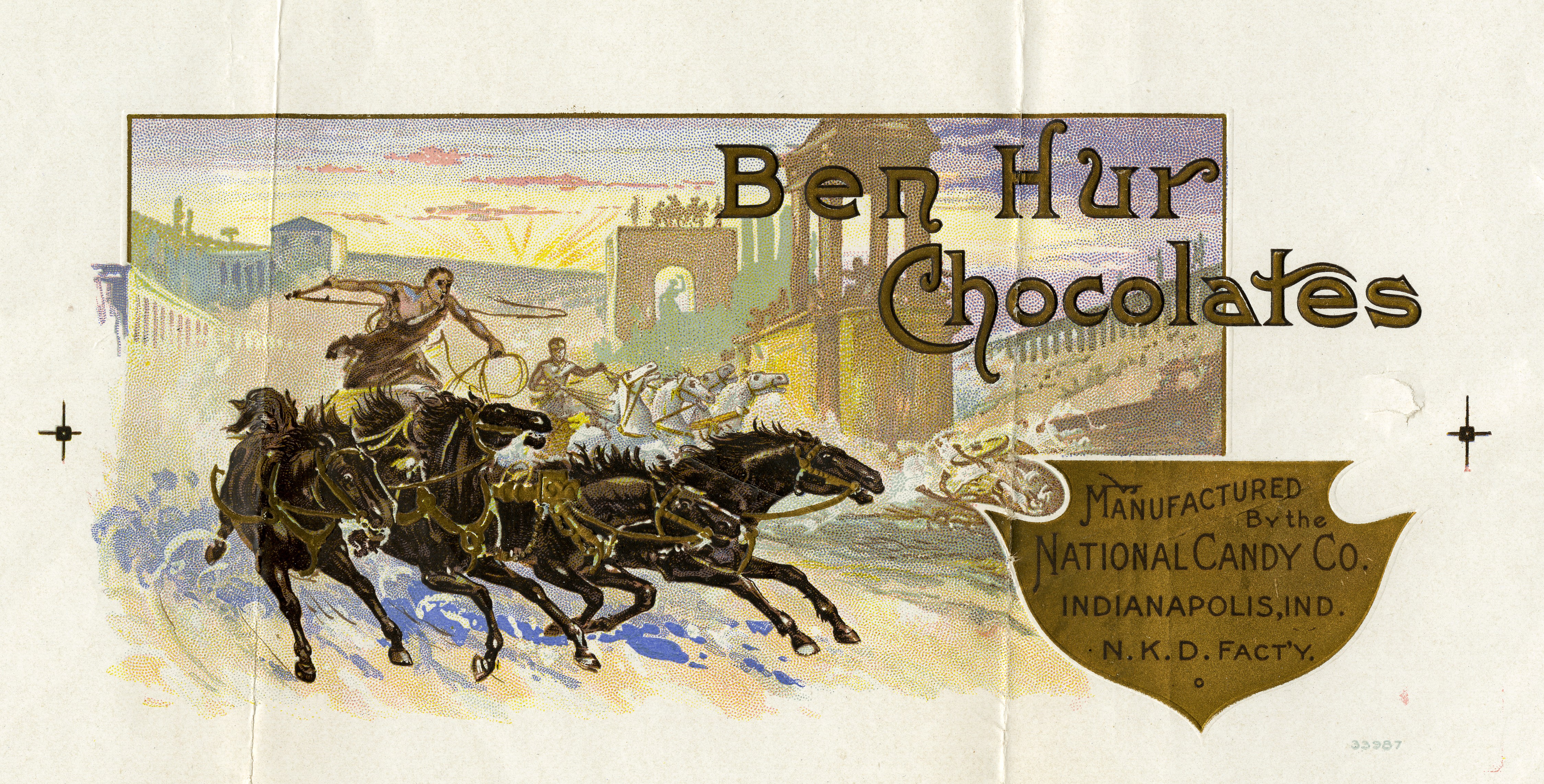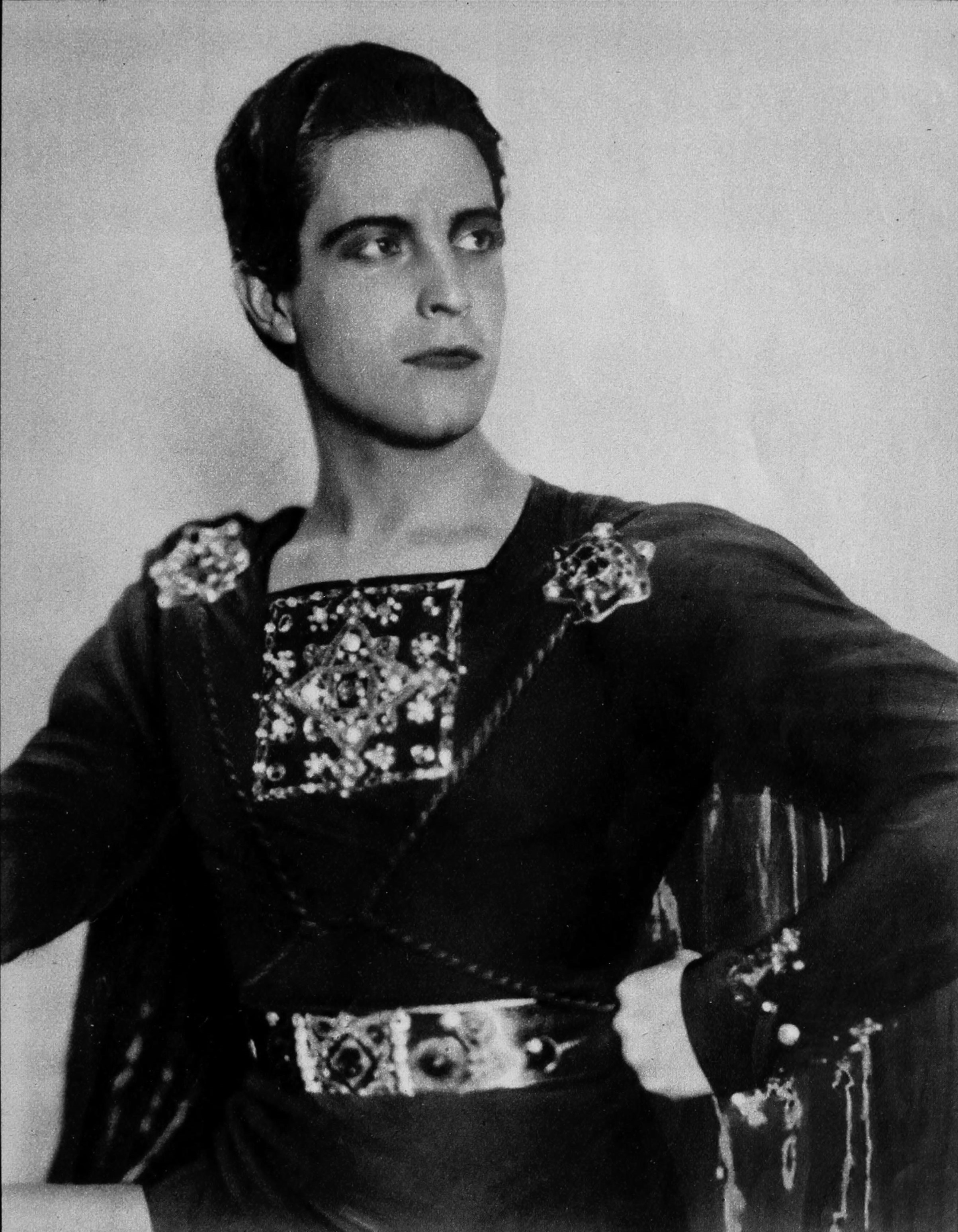|
Ben Hur Live
''Ben Hur Live'' is a 2009 stage adaptation of Lew Wallace's 1880 novel '' Ben-Hur: A Tale of the Christ''. Produced by Franz Abraham with music and narration by Stewart Copeland, it premièred on 17 September 2009 at the O2 Arena in London, the first date of its European tour. The show's dialogue is in Latin and Aramaic, and it includes a sea battle and gladiatorial combat, as well as the chariot race for which ''Ben Hur'' is famous. It is based primarily on the book as its source material rather than the Academy Award-winning adaptation which starred Charlton Heston. Reception After its London première, it received mixed reviews from theatre critics. Creative Team *Concept and Production - Franz Abraham *Direction - Philip Wm. McKinley *Music and English Narration - Stewart Copeland *German Narration - Ben Becker *Design - Mark Fisher and Ray Winkler *Horse Training and Stunt Coordination - Nicki Pfeifer *Lighting Design - Patrick Woodroffe *Choreography - Liam Steel *Fig ... [...More Info...] [...Related Items...] OR: [Wikipedia] [Google] [Baidu] |
Lew Wallace
Lewis Wallace (April 10, 1827February 15, 1905) was an American lawyer, Union general in the American Civil War, governor of the New Mexico Territory, politician, diplomat, and author from Indiana. Among his novels and biographies, Wallace is best known for his historical adventure story, '' Ben-Hur: A Tale of the Christ'' (1880), a bestselling novel that has been called "the most influential Christian book of the nineteenth century." Wallace's military career included service in the Mexican–American War and the American Civil War. He was appointed Indiana's adjutant general and commanded the 11th Indiana Infantry Regiment. Wallace, who attained the rank of major general, participated in the Battle of Fort Donelson, the Battle of Shiloh, and the Battle of Monocacy. He also served on the military commission for the trials of the Lincoln assassination conspirators, and presided over the trial of Henry Wirz, the Confederate commandant of the Andersonville prison camp. Wallac ... [...More Info...] [...Related Items...] OR: [Wikipedia] [Google] [Baidu] |
Charlton Heston
Charlton Heston (born John Charles Carter; October 4, 1923April 5, 2008) was an American actor and political activist. As a Hollywood star, he appeared in almost 100 films over the course of 60 years. He played Moses in the epic film ''The Ten Commandments'' (1956), for which he received his first nomination for the Golden Globe Award for Best Actor – Motion Picture Drama and the title role in '' Ben-Hur'' (1959), for which he won the Academy Award for Best Actor. He also starred in '' The Greatest Show on Earth'' (1952), ''Secret of the Incas'' (1954), ''Touch of Evil'' (1958) with Orson Welles, ''The Big Country'' (1958), ''El Cid'' (1961), ''The Greatest Story Ever Told'' (1965), ''Khartoum'' (1966), ''Planet of the Apes'' (1968), ''The Omega Man'' (1971) and ''Soylent Green'' (1973). In the 1950s and 1960s, he was one of a handful of Hollywood actors to speak openly against racism and was an active supporter of the civil rights movement. Heston left the Democratic Party in ... [...More Info...] [...Related Items...] OR: [Wikipedia] [Google] [Baidu] |
Plays Set In Ancient Rome
Play most commonly refers to: * Play (activity), an activity done for enjoyment * Play (theatre), a work of drama Play may refer also to: Computers and technology * Google Play, a digital content service * Play Framework, a Java framework * Play Mobile, a Polish internet provider * Xperia Play, an Android phone * Rakuten.co.uk (formerly Play.com), an online retailer * Backlash (engineering), or ''play'', non-reversible part of movement * Petroleum play, oil fields with same geological circumstances * Play symbol, in media control devices Film * ''Play'' (2005 film), Chilean film directed by Alicia Scherson * ''Play'', a 2009 short film directed by David Kaplan * ''Play'' (2011 film), a Swedish film directed by Ruben Östlund * ''Rush'' (2012 film), an Indian film earlier titled ''Play'' and also known as ''Raftaar 24 x 7'' * ''The Play'' (film), a 2013 Bengali film Literature and publications * ''Play'' (play), written by Samuel Beckett * ''Play'' (''The New York Times' ... [...More Info...] [...Related Items...] OR: [Wikipedia] [Google] [Baidu] |
Plays Based On Novels
Play most commonly refers to: * Play (activity), an activity done for enjoyment * Play (theatre), a work of drama Play may refer also to: Computers and technology * Google Play, a digital content service * Play Framework, a Java framework * Play Mobile, a Polish internet provider * Xperia Play, an Android phone * Rakuten.co.uk (formerly Play.com), an online retailer * Backlash (engineering), or ''play'', non-reversible part of movement * Petroleum play, oil fields with same geological circumstances * Play symbol, in media control devices Film * ''Play'' (2005 film), Chilean film directed by Alicia Scherson * ''Play'', a 2009 short film directed by David Kaplan * ''Play'' (2011 film), a Swedish film directed by Ruben Östlund * ''Rush'' (2012 film), an Indian film earlier titled ''Play'' and also known as ''Raftaar 24 x 7'' * ''The Play'' (film), a 2013 Bengali film Literature and publications * ''Play'' (play), written by Samuel Beckett * ''Play'' (''The New York Times'' ... [...More Info...] [...Related Items...] OR: [Wikipedia] [Google] [Baidu] |
2009 Plays
9 (nine) is the natural number following and preceding . Evolution of the Arabic digit In the Brahmi numerals, beginning, various Indians wrote a digit 9 similar in shape to the modern closing question mark without the bottom dot. The Kshatrapa, Andhra and Gupta started curving the bottom vertical line coming up with a -look-alike. The Nagari continued the bottom stroke to make a circle and enclose the 3-look-alike, in much the same way that the sign @ encircles a lowercase ''a''. As time went on, the enclosing circle became bigger and its line continued beyond the circle downwards, as the 3-look-alike became smaller. Soon, all that was left of the 3-look-alike was a squiggle. The Arabs simply connected that squiggle to the downward stroke at the middle and subsequent European change was purely cosmetic. While the shape of the glyph for the digit 9 has an Ascender (typography), ascender in most modern typefaces, in typefaces with text figures the character usually has a desc ... [...More Info...] [...Related Items...] OR: [Wikipedia] [Google] [Baidu] |
Sheik Ilderim
''Ben-Hur: A Tale of the Christ'' is a novel by Lew Wallace, published by Harper and Brothers on November 12, 1880, and considered "the most influential Christian book of the nineteenth century". It became a best-selling American novel, surpassing Harriet Beecher Stowe's ''Uncle Tom's Cabin'' (1852) in sales. The book also inspired other novels with biblical settings and was adapted for the stage and motion picture productions. ''Ben-Hur'' remained at the top of the U.S. all-time bestseller list until the 1936 publication of Margaret Mitchell's ''Gone with the Wind''. The 1959 MGM film adaptation of ''Ben-Hur'' is considered one of the greatest films ever made and was seen by tens of millions, going on to win a record 11 Academy Awards in 1960, after which the book's sales increased and it surpassed ''Gone with the Wind''.Wallace, Lew (1998) ''Ben-Hur''. Oxford World's Classics, p. vii. It was blessed by Pope Leo XIII, the first novel ever to receive such an honour. The success of ... [...More Info...] [...Related Items...] OR: [Wikipedia] [Google] [Baidu] |
Esther (character)
''Ben-Hur: A Tale of the Christ'' is a novel by Lew Wallace, published by Harper and Brothers on November 12, 1880, and considered "the most influential Christian book of the nineteenth century". It became a best-selling American novel, surpassing Harriet Beecher Stowe's ''Uncle Tom's Cabin'' (1852) in sales. The book also inspired other novels with biblical settings and was adapted for the stage and motion picture productions. ''Ben-Hur'' remained at the top of the U.S. all-time bestseller list until the 1936 publication of Margaret Mitchell's ''Gone with the Wind''. The 1959 MGM film adaptation of ''Ben-Hur'' is considered one of the greatest films ever made and was seen by tens of millions, going on to win a record 11 Academy Awards in 1960, after which the book's sales increased and it surpassed ''Gone with the Wind''.Wallace, Lew (1998) ''Ben-Hur''. Oxford World's Classics, p. vii. It was blessed by Pope Leo XIII, the first novel ever to receive such an honour. The success of ... [...More Info...] [...Related Items...] OR: [Wikipedia] [Google] [Baidu] |
Judah Ben-Hur
Judah Ben-Hur, shortened to Ben-Hur, is a fictional character, the title character and protagonist from Lew Wallace's 1880 novel '' Ben-Hur: A Tale of the Christ''. The book covers the character's adventures and struggle against the Roman Empire as he tries to restore honor to his family's name after being falsely accused of attacking the Roman governor. Judah encounters Jesus Christ and becomes a Christian. Etymology Wallace wrote that he chose the name Ben-Hur "because it was biblical, and easily spelled, printed and pronounced." The name appears once in the Bible ( he, בן־חור), as the name of one of King Solomon's twelve district governors (1 Kings 4:8). In Hebrew the word "bén" means son. In the King James Version Bible, referring to Solomon's district leaders, he is mentioned as "...the son of Hur.", confirming he was 'Judah son of Hur'. The specific meaning of "Hur" is unclear; among other possibilities, it may mean "something white" or "hollow or depressed ground". ... [...More Info...] [...Related Items...] OR: [Wikipedia] [Google] [Baidu] |
Shaun McKenna
Shaun Patrick McKenna (born 5 April 1957 in Maidstone, Kent) is an English dramatist, lyricist and screenwriter. Biography Shaun McKenna studied at Maidstone Grammar School and the University of Bristol (1975–1978). He was an actor for a few years, then taught drama, and began writing in his late 20s. He married former actress and agent Jenny Hayes in 1985; she died in 2014. Shaun McKenna lives in West London. Theatre Shaun McKenna's early theatre plays include ''Killing Camille'' (Paines Plough, Old Red Lion 1990, a rehearsed reading directed by Kathy Burke). He began an association with Michael Napier Brown at the Royal Theatre in Northampton for whom he adapted Richard Llewellyn's ''How Green Was My Valley'' (1990) in which Aled Jones made his acting debut, and R. F. Delderfield's ''To Serve Them All My Days'' (1992). He subsequently wrote a drama, ''Ruling Passions'', which was presented at the Royal in 1995. He wrote the book for '' Ben Hur Live'', based on the ... [...More Info...] [...Related Items...] OR: [Wikipedia] [Google] [Baidu] |
Ben-Hur (1959 Film)
''Ben-Hur'' is a 1959 American religious epic film directed by William Wyler, produced by Sam Zimbalist, and starring Charlton Heston as the title character. A remake of the 1925 silent film with a similar title, it was adapted from Lew Wallace's 1880 novel '' Ben-Hur: A Tale of the Christ''. The screenplay is credited to Karl Tunberg, but includes contributions from Maxwell Anderson, S. N. Behrman, Gore Vidal, and Christopher Fry. ''Ben-Hur'' had the largest budget ($15.175 million), as well as the largest sets built, of any film produced at the time. Costume designer Elizabeth Haffenden oversaw a staff of 100 wardrobe fabricators to make the costumes, and a workshop employing 200 artists and workmen provided the hundreds of friezes and statues needed in the film. Filming commenced on May 18, 1958, and wrapped on January 7, 1959, with shooting lasting for 12 to 14 hours a day and six days a week. Pre-production began in Italy at Cinecittà around October 1957, and post-produc ... [...More Info...] [...Related Items...] OR: [Wikipedia] [Google] [Baidu] |
A Tale Of The Christ
A, or a, is the first letter and the first vowel of the Latin alphabet, used in the modern English alphabet, the alphabets of other western European languages and others worldwide. Its name in English is ''a'' (pronounced ), plural ''aes''. It is similar in shape to the Ancient Greek letter alpha, from which it derives. The uppercase version consists of the two slanting sides of a triangle, crossed in the middle by a horizontal bar. The lowercase version can be written in two forms: the double-storey a and single-storey ɑ. The latter is commonly used in handwriting and fonts based on it, especially fonts intended to be read by children, and is also found in italic type. In English grammar, " a", and its variant " an", are indefinite articles. History The earliest certain ancestor of "A" is aleph (also written 'aleph), the first letter of the Phoenician alphabet, which consisted entirely of consonants (for that reason, it is also called an abjad to distinguish it fro ... [...More Info...] [...Related Items...] OR: [Wikipedia] [Google] [Baidu] |
Chariot Race
Chariot racing ( grc-gre, ἁρματοδρομία, harmatodromia, la, ludi circenses) was one of the most popular ancient Greek, Roman, and Byzantine sports. In Greece, chariot racing played an essential role in aristocratic funeral games from a very early time. With the institution of formal races and permanent racetracks, chariot racing was adopted by many Greek states and their religious festivals. Horses and chariots were very costly. Their ownership was a preserve of the wealthiest aristocrats, whose reputations and status benefitted from offering such extravagant, exciting displays. Their successes could be further broadcast and celebrated through commissioned odes and other poetry. In standard racing practise, each chariot held a single driver and was pulled by four horses, or sometimes two. Drivers and horses risked serious injury or death through collisions and crashes; this added to the excitement and interest for spectators. Most charioteers were slaves or contracte ... [...More Info...] [...Related Items...] OR: [Wikipedia] [Google] [Baidu] |




